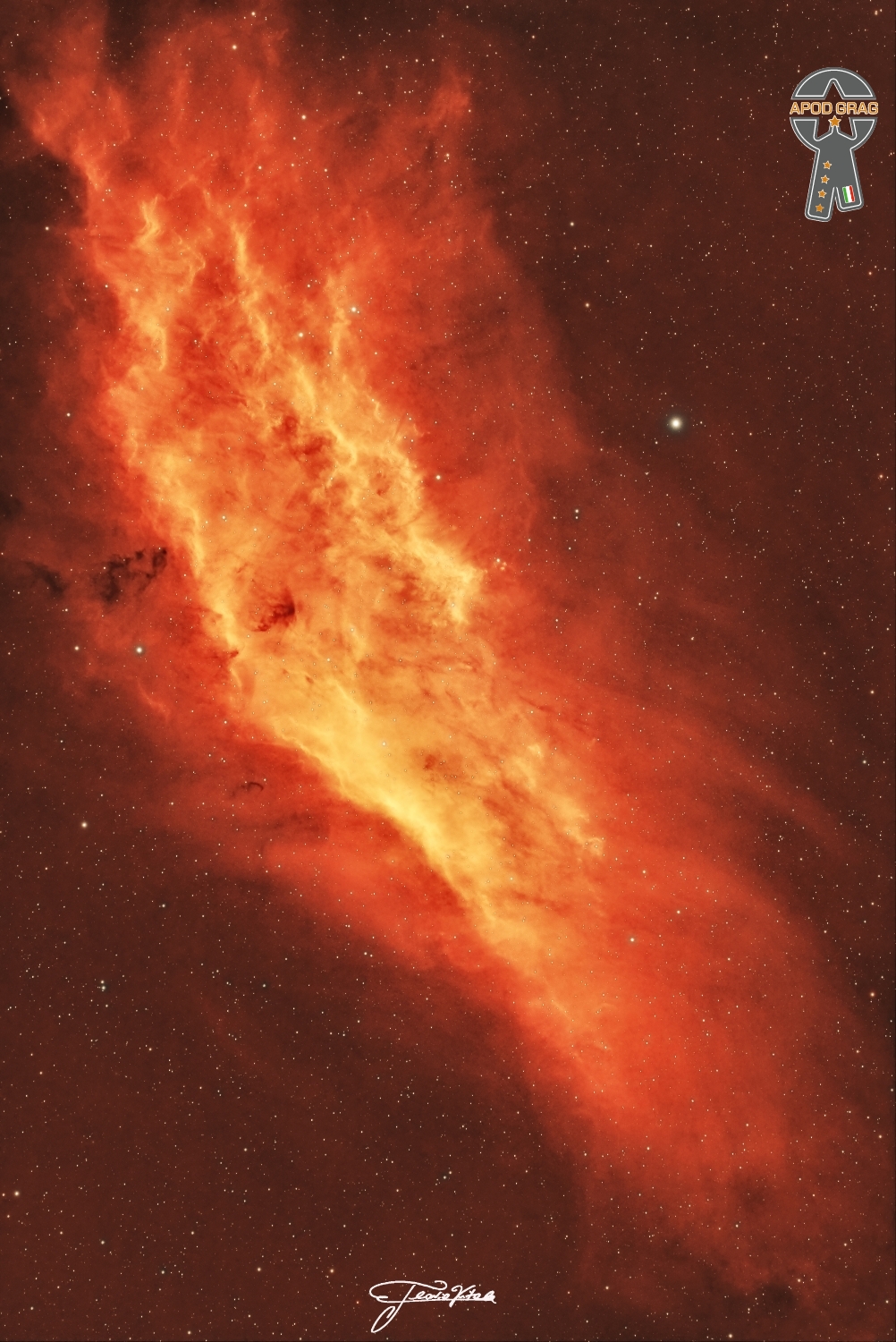Blog
Joseph Maurice Ravel (7 March 1875 – 28 December 1937) was a French composer, pianist and conductor. He is often associated with Impressionism along with his elder contemporary Claude Debussy, although both composers rejected the term. In the 1920s and 1930s Ravel was internationally regarded as France’s greatest living composer.
Born to a music-loving family, Ravel attended France’s premier music college, the Paris Conservatoire; he was not well regarded by its conservative establishment, whose biased treatment of him caused a scandal. After leaving the conservatoire, Ravel found his own way as a composer, developing a style of great clarity and incorporating elements of modernism, baroque, neoclassicism and, in his later works, jazz. He liked to experiment with musical form, as in his best-known work, Boléro (1928), in which repetition takes the place of development. Renowned for his abilities in orchestration, Ravel made some orchestral arrangements of other composers’ piano music, of which his 1922 version of Mussorgsky‘s Pictures at an Exhibition is the best known.
A slow and painstaking worker, Ravel composed fewer pieces than many of his contemporaries. Among his works to enter the repertoire are pieces for piano, chamber music, two piano concertos, ballet music, two operas and eight song cycles; he wrote no symphonies or church music. Many of his works exist in two versions: first, a piano score and later an orchestration. Some of his piano music, such as Gaspard de la nuit (1908), is exceptionally difficult to play, and his complex orchestral works such as Daphnis et Chloé (1912) require skilful balance in performance.
Ravel was among the first composers to recognise the potential of recording to bring their music to a wider public. From the 1920s, despite limited technique as a pianist or conductor, he took part in recordings of several of his works; others were made under his supervision.
more...In this Picture of the Week, we take a deep plunge into the ocean of stars in the IC4701 nebula. This nebula is located in the Sagittarius constellation, and it is twice as wide as the full Moon in the sky. The energetic light from newly-born stars ionizes the hydrogen gas in the nebula, causing it to emit the intense reddish hue seen in this picture. The dark clouds in this image contain large amounts of interstellar dust, too dense for the light of the background stars to pierce through it. The IC4701 nebula is part of a rich and vast complex of dust and gas within which new stars spring to life. When stars are born, most of them are cooler, redder, and less massive than our own Sun. Hotter, more massive stars are much rarer, and they quickly burn through all their fuel and die. This makes these brilliant blue and massive stars, and their surrounding glowing gas, beacons of recent star formation.

David Jon Gilmour CBE (/ˈɡɪlmɔːr/ GHIL-mor; born 6 March 1946) is an English guitarist, singer, songwriter, and member of the rock band Pink Floyd. He joined as guitarist and co-lead vocalist in 1967, shortly before the departure of founding member Syd Barrett. Pink Floyd achieved international success with the concept albums The Dark Side of the Moon (1973), Wish You Were Here (1975), Animals (1977), The Wall (1979), and The Final Cut (1983). By the early 1980s, they had become one of the highest-selling and most acclaimed acts in music history; by 2012, they had sold more than 250 million records worldwide, including 75 million in the United States. Following the departure of Roger Waters in 1985, Pink Floyd continued under Gilmour’s leadership and released three more studio albums.
Gilmour has produced a variety of artists, such as the Dream Academy, and has released four solo studio albums: David Gilmour (1978), About Face (1984), On an Island (2006), and Rattle That Lock (2015). He is also credited for bringing the singer-songwriter Kate Bush to public attention. As a member of Pink Floyd, he was inducted into the US Rock and Roll Hall of Fame in 1996, and the UK Music Hall of Fame in 2005. In 2003, Gilmour was made a Commander of the Order of the British Empire (CBE). He was awarded with the Outstanding Contribution title at the 2008 Q Awards. In 2011, Rolling Stone ranked him number 14 in their list of the greatest guitarists of all time. He was also voted number 36 in the greatest voices in rock by Planet Rock listeners in 2009.
Gilmour has taken part in projects related to issues including animal rights, environmentalism, homelessness, poverty, and human rights. He has married twice and is the father of eight children.
more...Flora Purim (born March 6, 1942) is a Brazilian jazz singer known primarily for her work in the jazz fusionstyle. She became prominent for her part in Return to Forever with Chick Corea and Stanley Clarke. She has recorded and performed with numerous artists, including Dizzy Gillespie, Gil Evans, Opa, Stan Getz, George Duke, Mickey Hart of the Grateful Dead, Santana, Jaco Pastorius, and her husband Airto Moreira.
In 2002, Purim was the recipient of one of Brazil’s highest awards, the 2002 Ordem do Rio Branco for Lifetime Achievement. She has been called “The Queen of Brazilian Jazz”.
more...James Robert Wills (March 6, 1905 – May 13, 1975) was an American Western swing musician, songwriter, and bandleader. Considered by music authorities as the founder of Western swing, he was known widely as the King of Western Swing (although Spade Cooley self-promoted the moniker “King of Western Swing” from 1942 to 1969).
Wills formed several bands and played radio stations around the South and West until he formed the Texas Playboys in 1934 with Wills on fiddle, Tommy Duncan on piano and vocals, rhythm guitarist June Whalin, tenor banjoist Johnnie Lee Wills, and Kermit Whalin who played steel guitar and bass. Oklahoma guitar player Eldon Shamblin joined the band in 1937 bringing jazzy influence and arrangements. The band played regularly on Tulsa, Oklahoma, radio station KVOO and added Leon McAuliffe on steel guitar, pianist Al Stricklin, drummer Smokey Dacus, and a horn section that expanded the band’s sound. Wills favored jazz-like arrangements and the band found national popularity into the 1940s with such hits as “Steel Guitar Rag“, “San Antonio Rose“, “Smoke on the Water“, “Stars and Stripes on Iwo Jima“, and “New Spanish Two Step“.
Wills and the Texas Playboys recorded with several publishers and companies, including Vocalion, Okeh, Columbia, and MGM. In 1950, Wills had two top 10 hits, “Ida Red likes the Boogie” and “Faded Love“, which were his last hits for a decade. Throughout the 1950s, he struggled with poor health and tenuous finances. He continued to perform frequently despite a decline in the popularity of his earlier hit songs, and the growing popularity of rock and roll. Wills had a heart attack in 1962, and a second one the next year, which forced him to disband the Texas Playboys. Wills continued to perform solo.
The Country Music Hall of Fame inducted Wills in 1968 and the Texas State Legislature honored him for his contribution to American music.
In 1972, Wills accepted a citation from the American Society of Composers, Authors and Publishers in Nashville. He recorded an album with fan Merle Haggard in 1973. Wills suffered two strokes that left him partially paralyzed, and unable to communicate. He was comatose the last two months of his life, and died in a Fort Worth nursing home in 1975. The Rock and Roll Hall of Fame inducted Wills and the Texas Playboys in 1999.
more...ohn Leslie “Wes” Montgomery (March 6, 1923 – June 15, 1968) was an American jazz guitarist.Montgomery was known for his unusual technique of plucking the strings with the side of his thumb, and for his extensive use of octaves, which gave him a distinctive sound.
Montgomery often worked with his brothers Buddy (Charles F.) and Monk (William H.) and with organist Melvin Rhyne. His recordings up to 1965 were oriented towards hard bop, soul jazz, and post bop, but around 1965 he began recording more pop-oriented instrumental albums that found mainstream success. His later guitar style influenced jazz fusion and smooth jazz.
Montgomery was born in Indianapolis, Indiana. According to NPR, the nickname “Wes” was a child’s abbreviation of his middle name, Leslie. The family was large, and the parents split up early in the lives of the children. Montgomery and his brothers moved to Columbus, Ohio, with their father and attended Champion High School. His older brother Monk dropped out of school to sell coal and ice, gradually saving enough money to buy his brother Wes a four-string tenor guitar from a pawn shop in 1935. Although Montgomery spent many hours with the guitar, he recounted this time later in life, saying he had to start over when he got his first six-string several years later. Montgomery died of a heart attack on June 15, 1968, while at home in Indianapolis. He was 45 years old.
more...more...The California Nebula (NGC1499/Sh2-220) is an emission nebula located in the constellation Perseus. Its name comes from its resemblance to the outline of the USState of California in long exposure photographs. It is almost 2.5° long on the sky and, because of its very low surface brightness, it is extremely difficult to observe visually. It can be observed with a Hα filter (isolates the Hα line at 656 nm) or Hβ filter (isolates the Hβ line at 486 nm) in a rich-field telescopeunder dark skies. It lies at a distance of about 1,000 light yearsfrom Earth. Its fluorescence is due to excitation of the Hβ line in the nebula by the nearby prodigiously energetic O7 star, Xi Persei (also known as Menkib.
Edmond Montague Grant (born 5 March 1948) is a Guyanese-British singer, songwriter and multi-instrumentalist, known for his genre-blending sound; his music has blended elements of pop, British rock, soul, funk, reggae, electronic music, African polyrhythms, and Latin music genres such as samba, among many others. In addition to this, he also helped to pioneer the genre of “Ringbang“. He was a founding member of the Equals, one of the United Kingdom’s first racially-mixed pop groups who are best remembered for their million-selling UK chart-topper, the Grant-penned “Baby, Come Back“.
more...Gene Rodgers (March 5, 1910, New York City – October 23, 1987, New York City) was an American jazzpianist, composer, and arranger. He is best known for being the pianist on Coleman Hawkins‘ famous 1939 recording of “Body and Soul“.
Born Eugene Ricardo Rodgers Jr, the eldest child of Eugene Ricardo Rodgers Sr (aka Eugene Richard Rodgers), and his wife Blanche Bona Cabey (both of whom were born in what was then the Danish West Indies / Danish Antilles, later the American Virgin Islands), he was named for his father. Gene had three younger siblings, Mildred (1914), Rowland (1918), and Genevieve (1920).
more...Louis A. “Lou” Levy (March 5, 1928 – January 23, 2001) was an American jazz pianist.
Levy was born to Jewish parents in Chicago, Illinois, United States, and start to play the piano aged twelve. His chief influences were Art Tatum and Bud Powell.
A professional at age nineteen, Levy played with Georgie Auld (1947 and later), Sarah Vaughan, Chubby Jackson (1947–1948), Boyd Raeburn, Woody Herman’s Second Herd (1948–1950), Tommy Dorsey (1950) and Flip Phillips. Levy left music for a few years in the early 1950s and then returned to gain a strong reputation as an accompanist to singers, working with Peggy Lee (1955–1973), Ella Fitzgerald (1957–1962), June Christy, Anita O’Day and Pinky Winters. Levy also played with Dizzy Gillespie, Shorty Rogers, Stan Getz, Terry Gibbs, Benny Goodman, Supersax and most of the major West Coast players. Levy recorded as a leader for Nocturne (1954), RCA, Jubilee, Philips, Interplay (1977), and Verve.
Levy died of a heart attack in Dana Point, California at the age of 72.
https://www.youtube.com/watch?v=IA_JHsw0lCo&list=PL0q2VleZJVEnuaMSb_sO9FUmVxVzI_mvV
more...J. B. Lenoir (/ləˈnɔːr/ luh-NORR; March 5, 1929 – April 29, 1967) was an American blues guitarist and singer-songwriter, active in the Chicago blues scene in the 1950s and 1960s.
Lenoir was born in Monticello, Mississippi. His full given name was simply “J. B.”; the letters were not initials. Lenoir’s guitar-playing father introduced him to the music of Blind Lemon Jefferson, which became a major influence. During the early 1940s, Lenoir worked with the blues artists Sonny Boy Williamson II and Elmore James in New Orleans. He was later influenced by Arthur Crudup and Lightnin’ Hopkins.
In 1949, he moved to Chicago, where Big Bill Broonzy helped introduce him to the blues community. He began to perform at local nightclubs, with musicians such as Memphis Minnie, Big Maceo Merriweather, and Muddy Waters, and became an important part of the city’s blues scene. He began recording in 1951 for J.O.B. Records and Chess Records. His recording of “Korea Blues” was licensed to and released by Chess, as having been performed by J. B. and his Bayou Boys. His band included the pianist Sunnyland Slim, the guitarist Leroy Foster, and the drummer Alfred Wallace.
During the 1950s Lenoir recorded for various record labels in the Chicago area, including J.O.B., Chess, Parrot, and Checker. His more successful songs included “Let’s Roll,” “The Mojo” (featuring saxophonist J. T. Brown) and the controversial “Eisenhower Blues,” which Parrot Records forced him to re-record as “Tax Paying Blues.
more...NOTABLE SESSION MUSICIAN David Lindley, a multi-instrumentalist known for his prolific work and collaborations throughout the Seventies and Eighties, has died at age 78, Rolling Stone confirmed. No cause of death was given.
An active musician since the Sixties, Lindley was a popular session musician whose skillset when it came to playing string instruments like the fiddle and guitar made him a must-have collaborator for artists like Jackson Browne, Dolly Parton, Bob Dylan, Bruce Springsteen, Toto, Rod Stewart, and Joe Walsh.
“The loss of David Lindley is a huge one,” singer Jason Isbell wrote on Twitter. “Without his influence my music would sound completely different. I was genuinely obsessed with his playing from the first time I heard it. The man was a giant.”
Graham Nash also took to social media to pay tribute to Lindley on Friday. “One of the most talented musicians there has ever been,” Nash wrote. “David could play pretty much any instrument you put in front of him with incredible versatility and expression.”
more...More Posts
- Daily Roots with the Prophets
- Echos of Freedom by James Baldwin
- The Cosmos with NGC 7923
- Peter Gabriel Day
- Wardell Gray Day
- World Music with Yeni Türkü
- Daily Roots with Culture
- Echos of Freedom by Aung San Suu Kyi
- The Cosmos with NGC 4452
- Omar Hakim Day
- Bill Laswell Day
- Big John Wrencher Day
- World Music with Kalani Pe’a
- Daily Roots with U Roy
- Echos of Freedom by Fredrick Douglas
- The Cosmos with IC 5146
- Sergio Mendes Day
- Little Johnny Taylor Day
- Otis Clay Day
- World Music with Sali Sidibé Memorial


